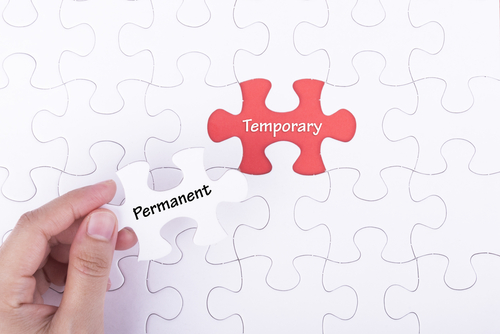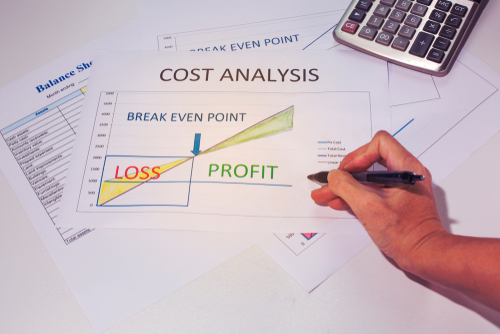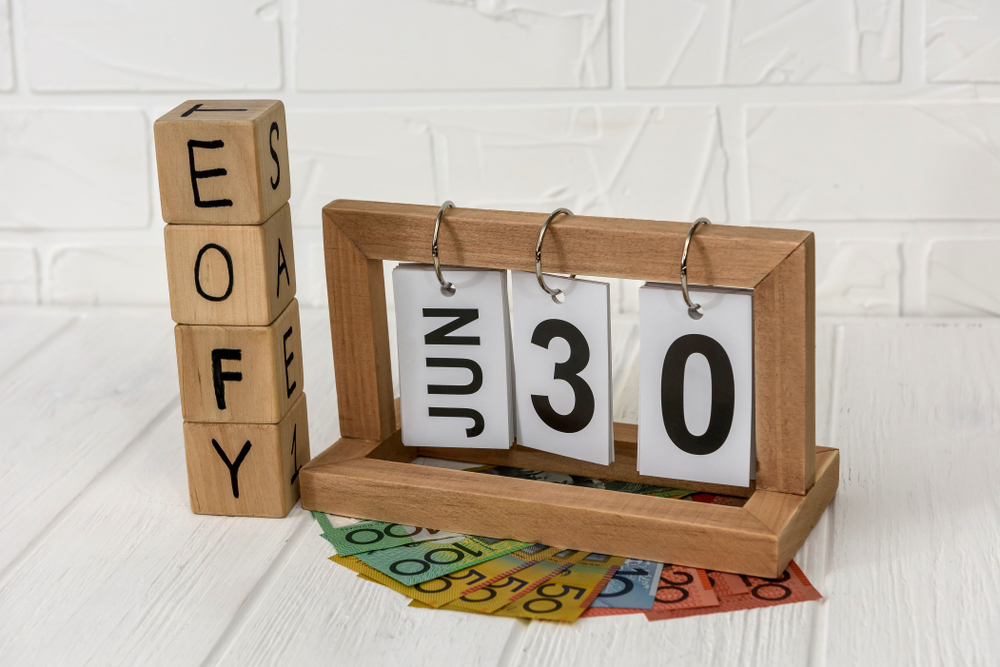If you sell stock or inventory, it’s essential you understand stock turn and how to increase it.
Obsolete or ‘dead’ stock will harm your cashflow and your ability to increase profit, particularly in a slower-moving economy. The longer stock takes to sell, the longer you have your cash tied up in the stock before it can be sold for a profit. The older the stock, the less likely it is that you’ll be able to sell it for its original retail price.
Use the below formulas to calculate your stock turn:
Stock turn = cost of sales / average stock held
To calculate cost of sales: opening stock + annual purchases – closing stock (where purchases includes all variable costs that show in your trading account).
To calculate your average stock:(opening stock + closing stock) / 2.
For example, where your cost of sales is $150,000 and average stock is $45,000, your stock turn will be 1.33 ($150,000 / $45,000). This means that on average, you sell each item of stock 3.3 times per year.
So, how do you increase your stockturn to sell items faster, free up cashflow and increase your profit, particularly in the current economy?
- Reduce your stock levels. In the above example, if stock was reduced by $10,000, stock turn would increase to 4.3, you would free up $10,000 of cash, and increase your margin.
- Buy stock on consignment. This means you only pay for it when it sells.
- Order ‘just in time’. For example, if it takes two days to receive an item after the order is placed, and you sell an average of five items per day, only hold a maximum of 10 of that item in stock.
- Use display stock. If a customer wants to buy the item, have it delivered straight from your supplier to the customer instead of holding multiple items in store.
- Use a catalogue. Reduce the stock held in store and provide customers with a catalogue to order from.
- Reduce ordering levels. Ideally, calculate the stock turn per item (use the above formula for each item). You’ll then be able to identify the slow-moving stock so you can reduce how often you re-order it.
- Stop stocking slow-moving stock altogether. It’s just tying up your cash for longer. Reassess whether you should be selling these items at all.
- Encourage your sales team. Tell them which items sell more quickly and encourage them to sell more of these items.
- Get rid of obsolete or dead stock. You’re better off to have cash from a discounted sale reinvested in faster moving stock.
- Ask us for 10 more ideas! There are numerous ways to increase your turnover, get in touch and we’ll help you identify the best ways for your business.










